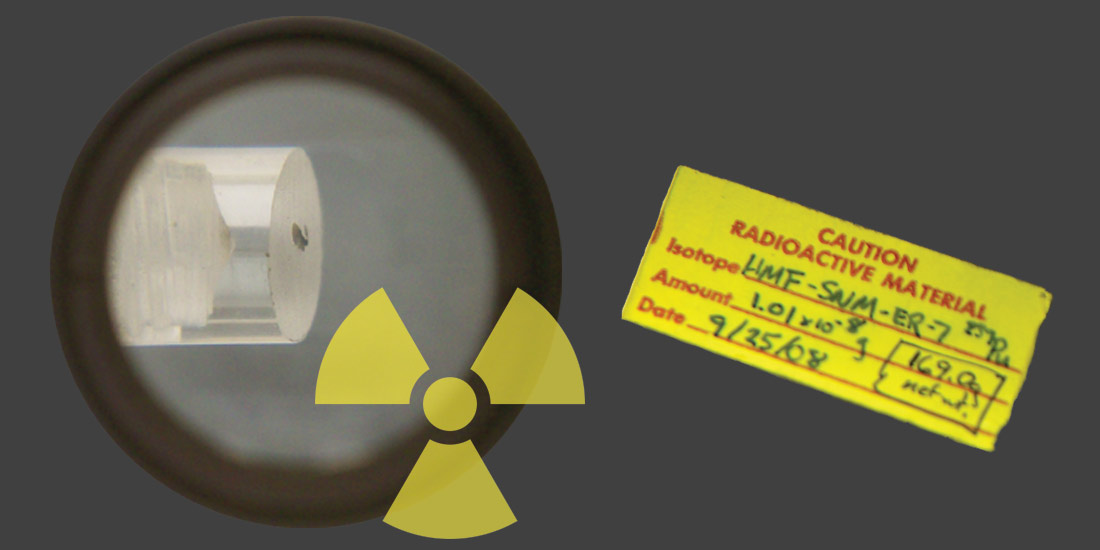
Lost and found
During the tranquil winter break, news broke of an interesting campus discovery, or re-discovery. Locked in a windowless closet in the university’s hazardous materials storage area was a fleck of early plutonium developed through the Manhattan Project. The late Berkeley chemist Glenn Seaborg and a team of scientists were the first to figure out how to synthesize plutonium, for which Seaborg was awarded the 1951 Nobel Prize in chemistry. “This is the first sample of plutonium large enough to be weighed and its mass determined,” says professor of nuclear engineering Eric Norman, who led the analysis verifying the find.
Topics: Nuclear engineering

